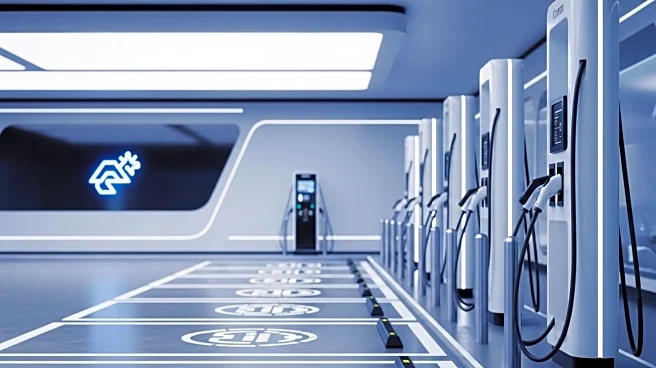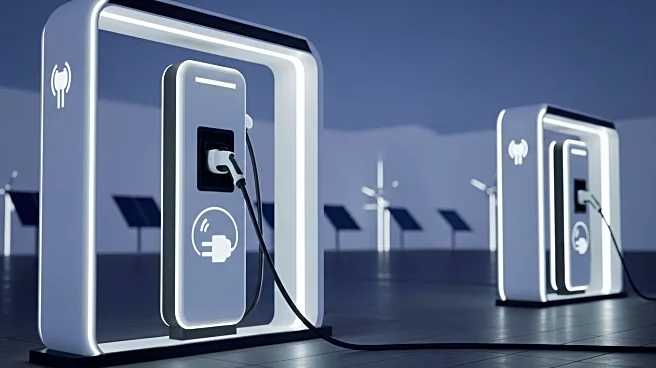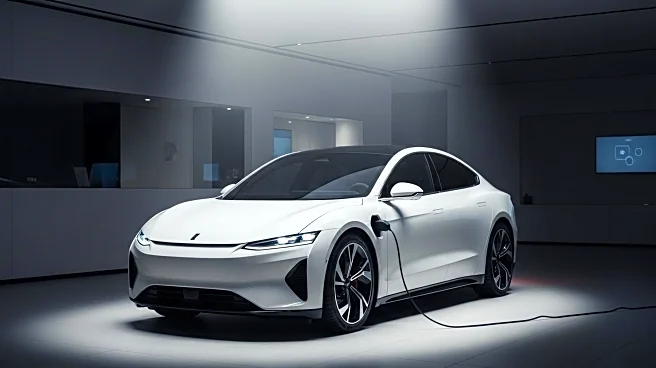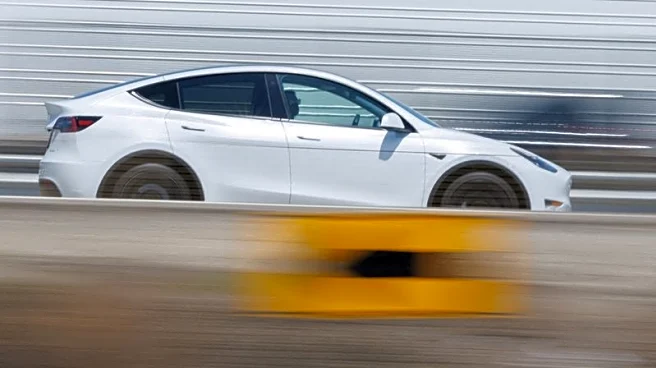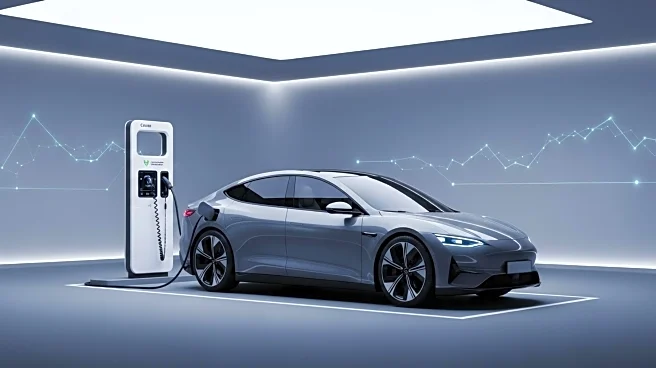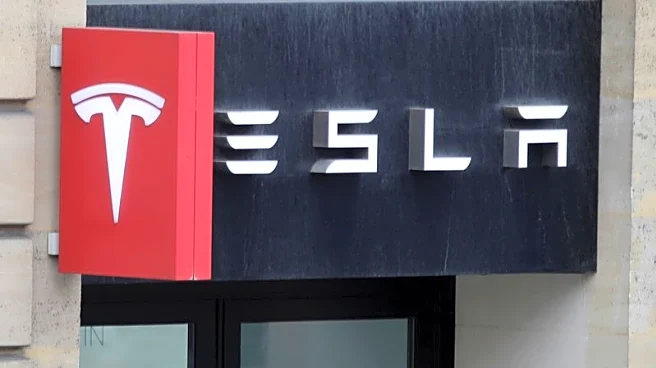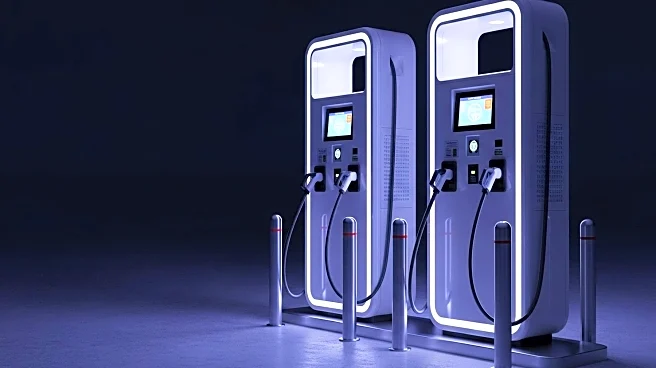What's Happening?
Tesla Inc. experienced a notable stock decline, closing at $436.00, down 5.11%, despite reporting record third-quarter deliveries of approximately 497,099 vehicles. This drop occurred even as the broader market indices, such as the S&P 500 and Nasdaq Composite, saw gains. The surge in Tesla's deliveries was largely driven by a rush of customers seeking to benefit from a $7,500 U.S. EV tax credit before its expiration at the end of September. However, with the expiration of this credit, Tesla has raised lease prices across its models, leading investors to question whether demand can sustain without the subsidy support. The focus is now shifting to Tesla's fourth-quarter delivery guidance and margin trends, which will be crucial in determining if the recent strength in sales was merely a result of the incentives.
Why It's Important?
The decline in Tesla's stock, despite strong delivery numbers, highlights the significant impact of government subsidies on the electric vehicle market. The expiration of the U.S. EV tax credit poses a challenge for Tesla, as it tests the underlying demand for its vehicles without financial incentives. This situation underscores the broader dependency of the EV market on policy-driven incentives to maintain growth momentum. Investors and industry stakeholders are closely watching Tesla's ability to sustain sales and profitability in a post-subsidy environment, which could influence investment strategies and market confidence in the EV sector.
What's Next?
Attention is now on Tesla's upcoming fourth-quarter delivery guidance and margin trends. These metrics will be pivotal in assessing whether the recent surge in deliveries was a temporary boost from the expiring tax credit or indicative of sustained demand. Investors and analysts will be evaluating Tesla's strategic responses, such as potential pricing adjustments or new market strategies, to navigate the post-subsidy landscape. The company's performance in the coming quarters will likely influence broader market perceptions of the viability and growth potential of the electric vehicle industry.

